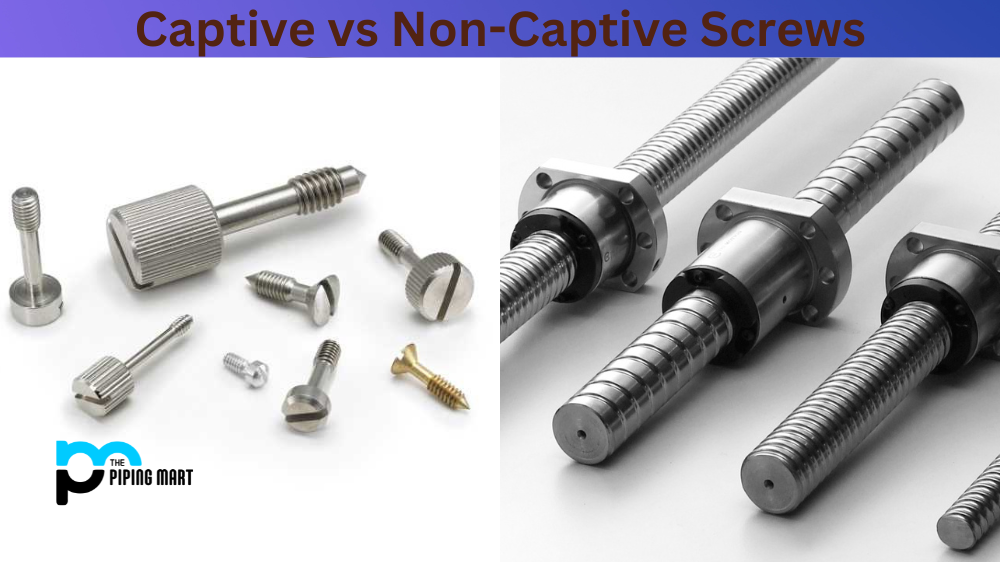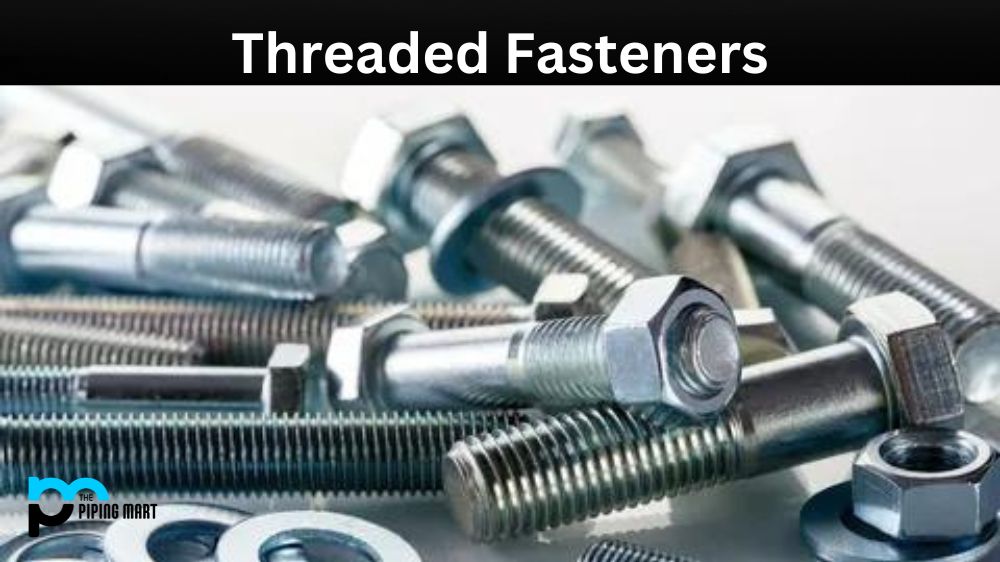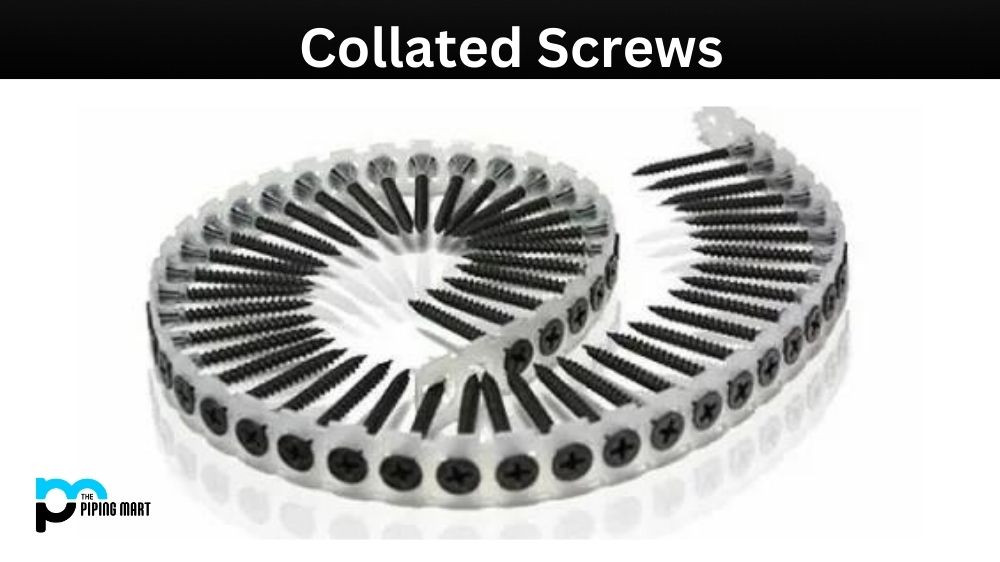Screws are the most fundamental components used in various industries for assembling parts or holding a structure. However, screws are not just screws, and there are significant differences between them. When it comes to specialized industries like aerospace or medical equipment, choosing the right screw type is paramount. Captive and non-captive screws are two types that differ in terms of design, functionality, and applications. In this blog, we’ll delve deeper to understand the key differences between captive and non-captive screws.
What is Captive Screw?
Captive screws are screws that remain attached to a panel or fastener even after they are unscrewed. This is made possible by mounting the screw onto a fixed commission or fastener using a spring mechanism, which holds the screw in place. Captive screws are commonly found in applications where screws must be removed regularly without risking them falling out and getting lost. They are frequently used in electronic equipment, medical devices, and aerospace components.
What is Non-Captive Screw?
Unlike captive screws, non-captive screws come without any spring mechanism and are free to move. These screws can be removed entirely from the component or part where they are attached. Non-captive screws are commonly used in applications where the screw is not required to be removed regularly. Additionally, they are used in areas where screws are prone to extreme vibration or shock, which could cause a captive screw to loosen or break. Non-captive screws are frequently used in the automotive, construction, and general engineering industries.
Difference Between Captive and Non-Captive Screws
Applications
The choice of captive or non-captive screws depends largely on the application’s requirements. Captive screws are ideal for equipment like medical devices that require frequent maintenance and component replacement. This guarantees that screws do not fall out or get misplaced during disassembly and re-assembly. On the other hand, non-captive screws are preferred for components attached to heavy machinery and equipment susceptible to big shock, vibration, or frequent disassembly.
Design
The design of captive screws is typically more complex than non-captive screws. Captive screws have an integrated spring mechanism, which holds it steady even when not attached to the panel. The mechanism is designed to keep enough tension to hold the screw securely in place while being disassembled or reassembled. Non-captive screws have a more straightforward design, with a head and threaded body, enabling them to be removed without assistance. They do not have an additional component to keep them from falling out while unattached.
Cost
The cost difference between captive screws and non-captive screws is negligible for small-scale requirements, but the difference can add up for large-scale orders. Captive screws are more expensive than non-captive screws due to their complex design, manufacturing process, and additional mechanism. Factors such as production volume, specific requirements, and design complexity also influence the overall cost of captive or non-captive screws.
Conclusion
Although captive and non-captive screws share similar functions, they differ in design, application, and functionality. Captive screws are commonly used in electronics, medical instruments, and aerospace components that require frequent maintenance. Non-captive screws are used mainly in high-vibration applications, and shock or infrequent maintenance is necessary. The right choice between captive or non-captive screws requires a good understanding of the specific application and its requirements. In conclusion, choosing the right screw type can reduce maintenance costs, improve the efficiency of the equipment and ensure safe and reliable operations.

Abhishek is a seasoned blogger and industry expert, sharing his insights and knowledge on various topics. With his research, Abhishek offers valuable insights and tips for professionals and enthusiasts. Follow him for expert advice on the latest trends and developments in the metal industry.




